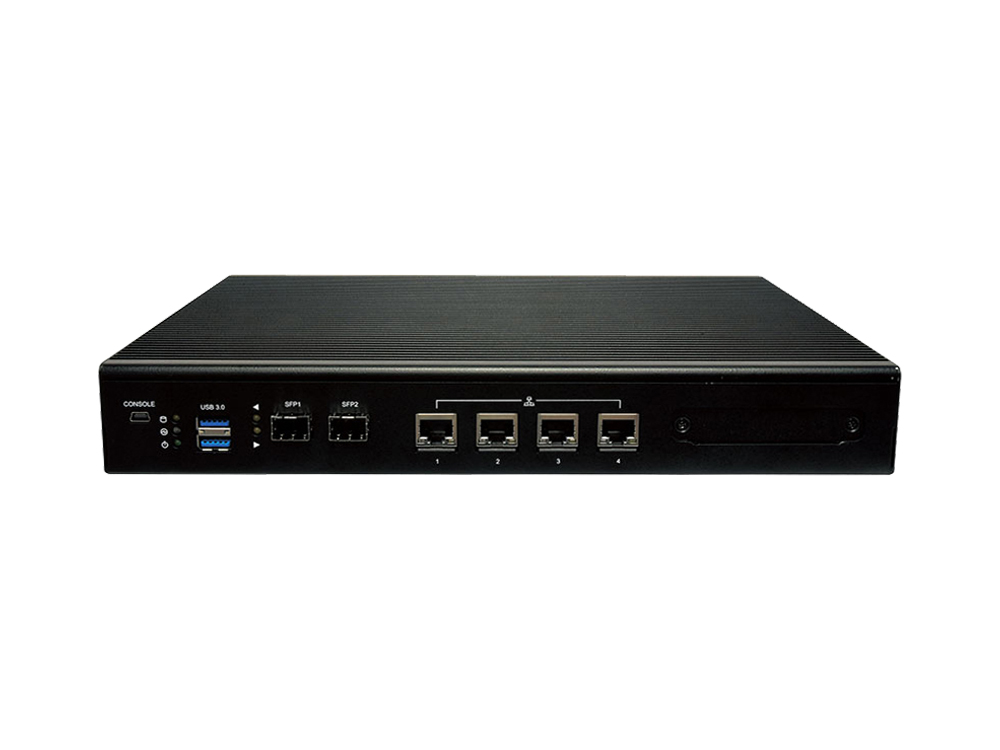Moving towards a more connected ecosystem made feasible by 5G Wireless technology, the new data generation is now looking at new challenges as well as lucrative opportunities.
Cloud Computing Enabling the Connected World of Devices
Cloud computing has made it possible for companies to transfer the location where data is stored and processed to the outside of the physical hardware. Undoubtedly it has become the dominant trend of this era. Not only is every individual living in the cloud — from smart wearables to home appliances, technology leaders such as Google and Amazon are also relying on it for data management, processing, and storage.
From Centralization to Decentralization
In its nature, a centralized cloud collects the bulk of data sent back from numerous distributed devices across the enterprise network, the major limitation of which is obvious — low latency due to immeasurable amount of back-and-forth data packets. That is to say; in this big data-driven era, this limitation could be lethal to certain use cases where reliable real-time/decision-making data processing is crucial. What’s more, with the advancement of AI and Industry 4.0, billions of data-collecting devices are joining the network, generating data heavier than before, the conventional cloud infrastructure is likely to fall short.
The Transition to Edge Computing
Edge-computing, though still in its puberty, could promise faster and more reliable data processing. It enables data to be processed at where it’s created (i.e., sensors, cameras, pumps, generators, or wearables), reducing the need for data transmission with the cloud. For specific mission-critical applications where latency is intolerable, enterprises are willing to pay to have data processed before it reaches the core of the cloud. For example, in emergency services, any delay in latency of the wearables such as portable EKG devices or other monitoring/alert systems is not acceptable because it’s about nothing but life and death.
Every Point on the Map is in the Cloud: Rural Becomes New Central
As more “things” are connected and cloud computing proves not so cost-effective in some use cases, edge computing has seen more and diverse applications across industries, such as retail, financial services, transportation, agriculture, and others. We could observe that the need to tolerate cloud outages and network bandwidth scarceness are the primary driving motivations for companies to adopt edge deployment, which is why Rural Cloud Initiative from Trilogy Networks is trying to move cloud infrastructure to the network edge—regions with limited or no connectivity. In a 2018 report published by McKinsey & Company, edge computing is expected to represent approximately $215B in hardware value by 2025, with the applications in distributed rural environments (transportation, logistics, energy, materials, public utilities, chemicals, and agriculture) making up over 50%.
On June 9th, 2020, Lanner Electronics officially joined Trilogy’s Rural Cloud Initiative (RCI) to support Trilogy Networks’ Distributed Cloud Platform for Rural America. Throughout the past four years of collaboration, Lanner and its eco-system partners have been working together to provide open, scalable and programmable network and intelligent edge appliances deployed in diverse 5G infrastructure. It is expected the integration between Lanner’s full range edge hardware platforms and Trilogy’s highly distributed ConEx edge compute architecture will enable cloud computing capabilities in distributed rural environments, offering agriculture and energy industries a resource-efficient Edge Cloud Solution with full network automation, virtualized overlay fabric, network slicing/segmentation and comprehensive IIoT visibility and analytics.
Lanner’s Offering
As IoT devices are deployed under different conditions from controllable environments to changeable settings, it is essential for the hardware devices to be capable of capturing processing and transmitting data despite limited connectivity or extreme weather conditions. NCR-1510, a wide-temperature fanless network appliance optimized for SD-WAN or uCPE, allows service providers to deploy the SD-WAN services in demanding environments and critical infrastructure. It is the optimal fanless desktop network appliance for SD-WAN, uCPE, or rural edge deployment.







